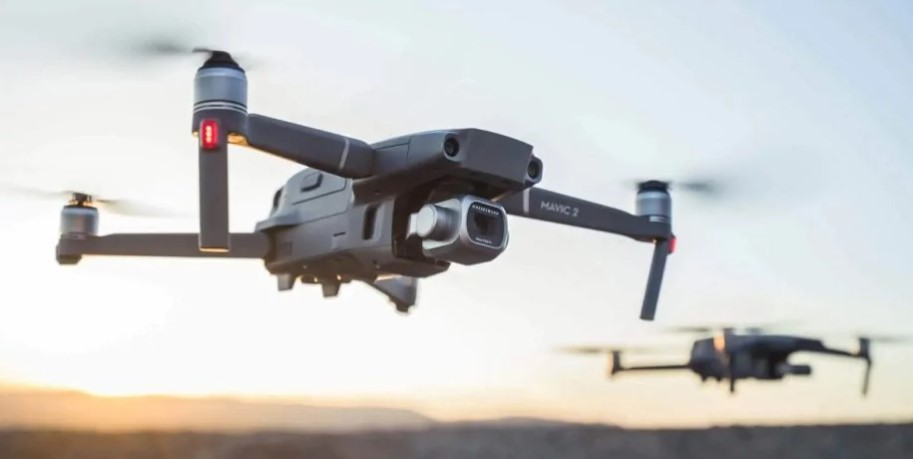
Scientists have invented an aerial recharging technology that will allow drones to fly continuously
Scientists have created a wireless technology for transmitting electromagnetic waves over long distances using phased array antennas to focus waves in a specific direction.
A team from the University of Texas at Dallas has received a fellowship from the Defense Advanced Research Projects Agency (DARPA) to develop wireless technology for recharging drones in flight. Interesting engineering.
Scientists have created a wireless technology for transmitting electromagnetic waves over long distances using phased array antennas to focus waves in a specific direction. This technology will allow UAVs to recharge in the air. The researchers were awarded a $250,000 prize for this.
Preventing the scattering of electromagnetic waves during long-distance energy transmission is one of the main problems that scientists had to solve. To do this, they used a system consisting of phased array antennas. The technology also uses telemetry to track the UAV’s movements in real time, ensuring that the signal is moving in the right direction. The system can track drones and control the flow of energy, ensuring continuous operation of the devices.
The concept of wireless charging for UAVs is being extended to other technologies, including electric vehicles, mobile phones, and wearable devices. According to the researchers, this will require the placement of transmitters in buildings and infrastructure facilities.
The team is also developing wireless charging technology for implanted devices using low-frequency electromagnetic waves. The project will develop systems for recording and stimulating neural signals on a chip, which will be connected wirelessly using low-power and reconfigurable radio channels.
The wireless energy transmission system will also be used to supply energy to animal brain implants. According to the researchers, the ultimate goal is to study the behavior and confirm the effectiveness of this system in the treatment of chronic neuropathic pain and post-stroke paralysis.

